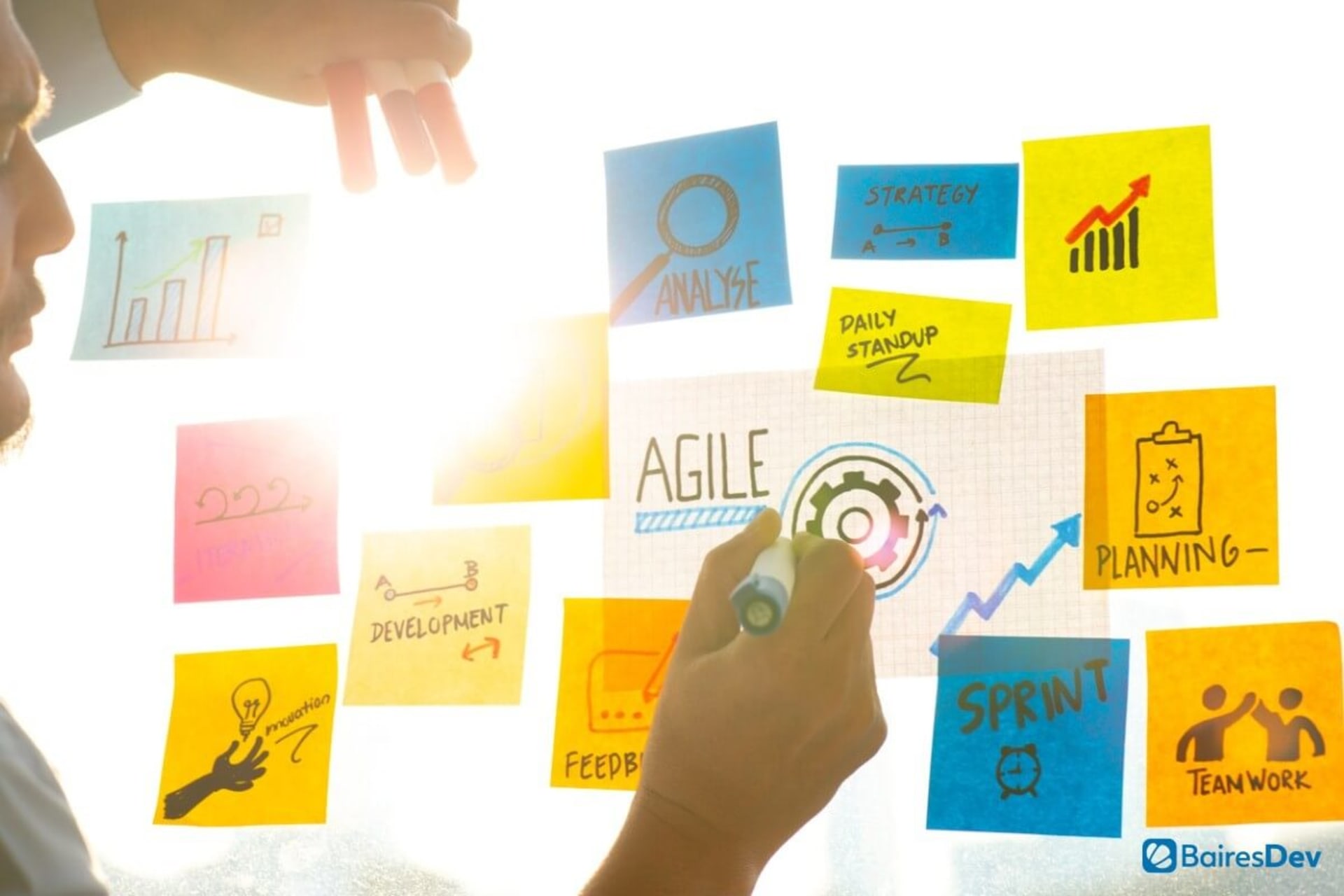The XaaS (anything as a service) model has grown exponentially in the last few years. We’ve seen everything from backend services to software slowly but surely, take this route. Even outside the industry, other products, like games, are experimenting with ways to become services.
From the perspective of the service provider, XaaS creates a constant revenue stream that fits continual development strategies while removing the logistic nightmare of having to release new versions of the product as standalone solutions.
Users get to experience their favorite products with the benefits of ease of use, having a continual development cycle, constant updates, and active tech support. Since users pay for what they consume (via either subscription or pay-as-you-go models), it’s also cost-effective.
At first glance, many consumers bounce off at the idea of “not owning their products”. Lifetime licenses offer a psychological safety net. On the surface, paying-once-owning-forever implies low-cost and low-risk.
If our XaaS solution is a static standalone product, in direct comparison, the lifetime license will come out on top. But the model isn’t just another trendy term for a subscription service. XaaS has the potential to be so much more, like a network.
The Issue With Lifetime Licenses
Standalone products, such as those offered by lifetime licenses, are yours to keep; that much is true. But their life expectancy is limited in other ways that become apparent once we dive further into the perks of the XaaS model.
Think about the relationship between a developer and a user in terms of a lifetime license. It begins with the license acquisition (a business transaction), and then, the only interaction is whenever the software gets an update or the user needs customer support.
If your main source of revenue is direct sales, you will eventually saturate your potential market, in which case your only two options are to either broaden your target audience or release new software.
The software development cycle cannot be continued without a continual source of revenue, and software without constant updates and upgrades is bound to get left behind as technology pushes forward.
The software does not exist in a vacuum, and while you can stick to old technology for a long time (just take a look at the financial system), sooner or later the user will have to deal with obsolescence. It´s like owning an 8-track tape, yes, it´s yours to keep, but, with each passing year finding an 8-track player is getting harder and harder.
In other words, standalone software is not sustainable long-term, at least if you want to take advantage of new advances in technology. So what´s the alternative?
SaaS as a Network
Take a moment to contemplate the device you’re reading this article on. At first glance, it’s your PC, your cellphone, or your tablet. But there is more to it, it can go online, to process data, maybe take a picture or capture your voice, a lot is going on underneath the surface.
The system is based on a code written by someone, somewhere, the hardware was manufactured in different factories, transported with the effort of hundreds of people. The piece of technology you are holding in your hand right now is the result of the interconnection of millions of resources, people, places, and ideas all across the globe.
In essence, that’s what a network is, a set of interconnections, relations, and interactions spawning throughout both time and space.
Networks are a powerful metaphor that helps us understand the world in terms of how things relate to one another. It´s a reframing tool, a thought exercise that can help you redefine a situation and broaden your scope.
What do I mean by calling Software as a Service a network? Basically, what you are selling isn´t just a product or a set of functionalities, or an executable file. It´s a whole infrastructure that empowers the user.
With a standalone product, the user engages with just the endpoint of a software development cycle (the final release). With a service, they become part of the continuous development cycle. Their input is important as it helps developers shape the product in real-time.
Better yet, they get to see the changes in very little time when compared to older models where they had to wait for the release of a new version of the software.
Software as a service, when done correctly, can be extremely cost-efficient. For example, with modular software, the user can pick and choose which modules they want, creating a personalized solution that fits their budget.
With XaaS there is a constant interaction between developer and user, which makes customization even easier, as new modules can be installed, enabled, or disabled almost immediately. Speed is a key factor in SaaS solutions.
Beyond the Software
The first part of the network is the relationship between the market, developer, and user. The first grows technologically, the second adapts to those changes and the third is empowered by that interaction.
But remember, we are here to talk about networks, and SaaS is more than a piece of software. Think of your product as a starting point that can foster a community.
Look at Amazon and Microsoft and their different cloud solutions. People feel connected with these companies and their products, not just because they are very good (which they are), but also because of everything surrounding these platforms.
Certifications, free courses, personalized customer support, dedicated forums, chats, live events, conventions. These are thriving communities where developers learn and share their experiences with others, where the service provider creates a communal experience to make their users feel at home.
Of course, no one has the kind of money Microsoft and Amazon have, but there’s a lot we can do in our own micro-communities:
- Have developers get in touch with users and gather feedback from their experience with the product.
- Create a virtual environment where different users can engage and share their experiences with your product.
- Have an active social media presence and engage with your customers on these platforms.
- Organize workshops and events to train users and promote your product
With an SaaS solution, you have to think beyond the product. it´s about how this model strengthens the relations between developer and consumer to create a faster, healthier, and more productive environment.







